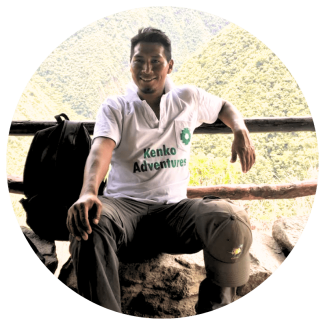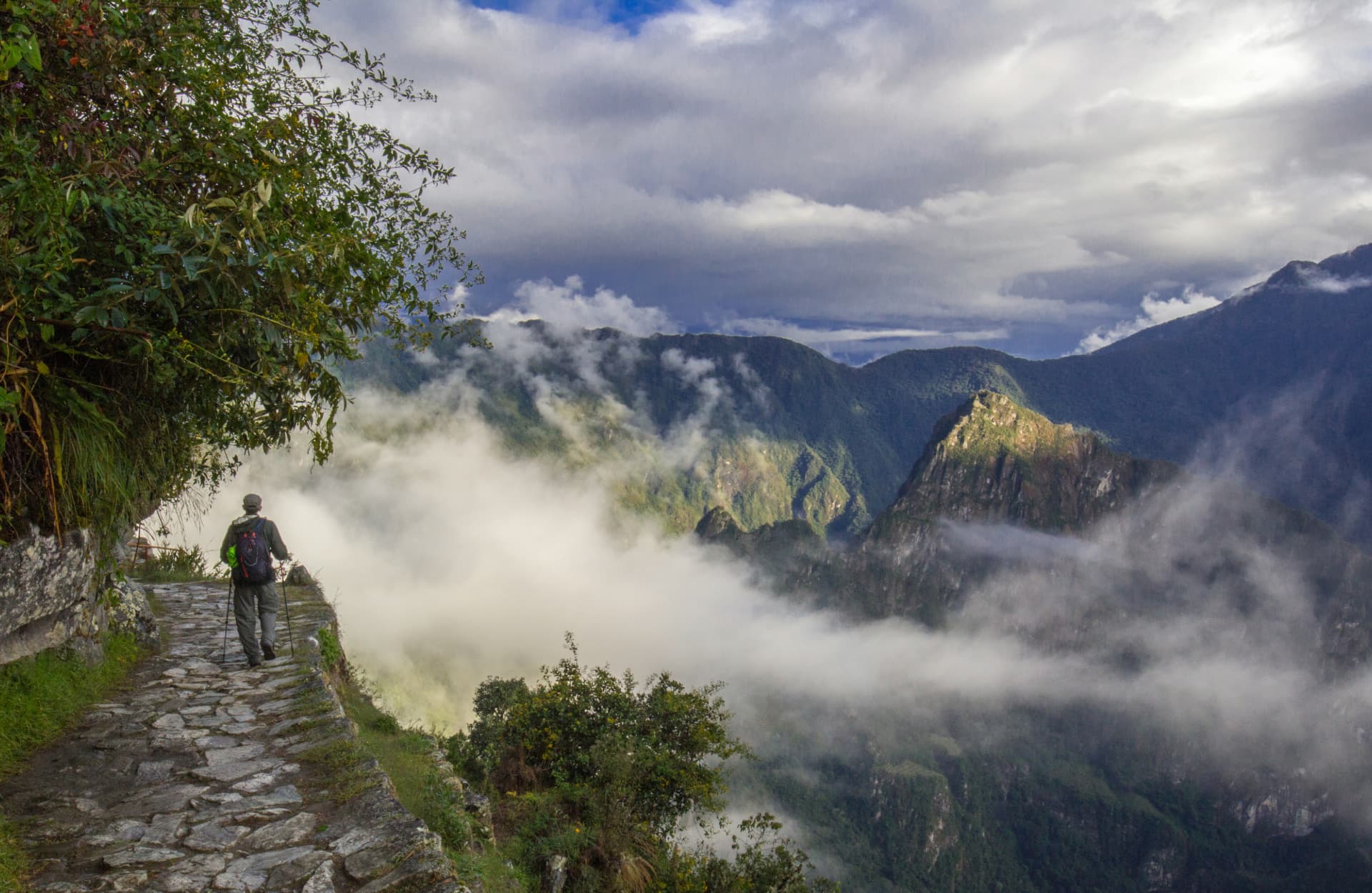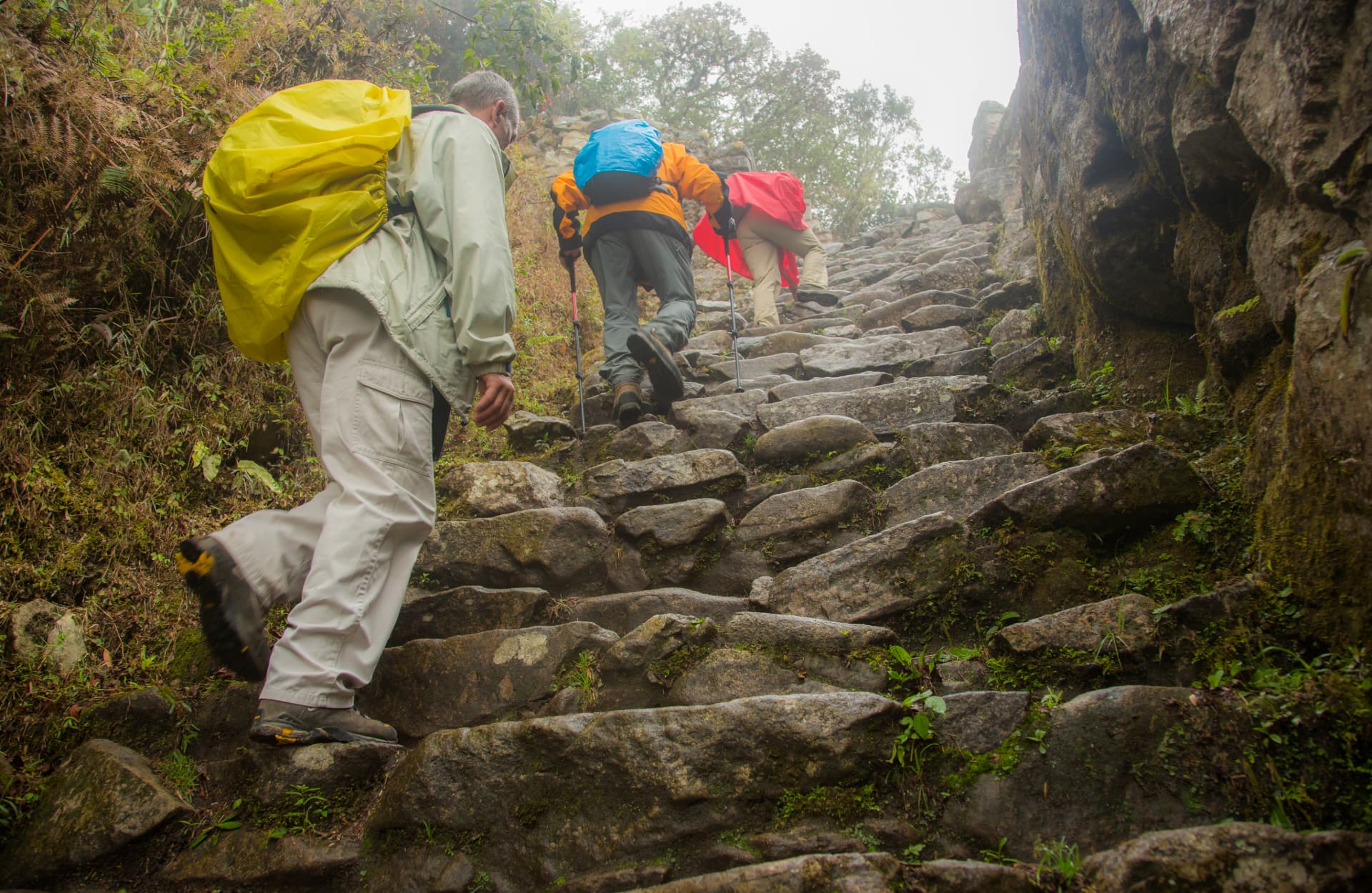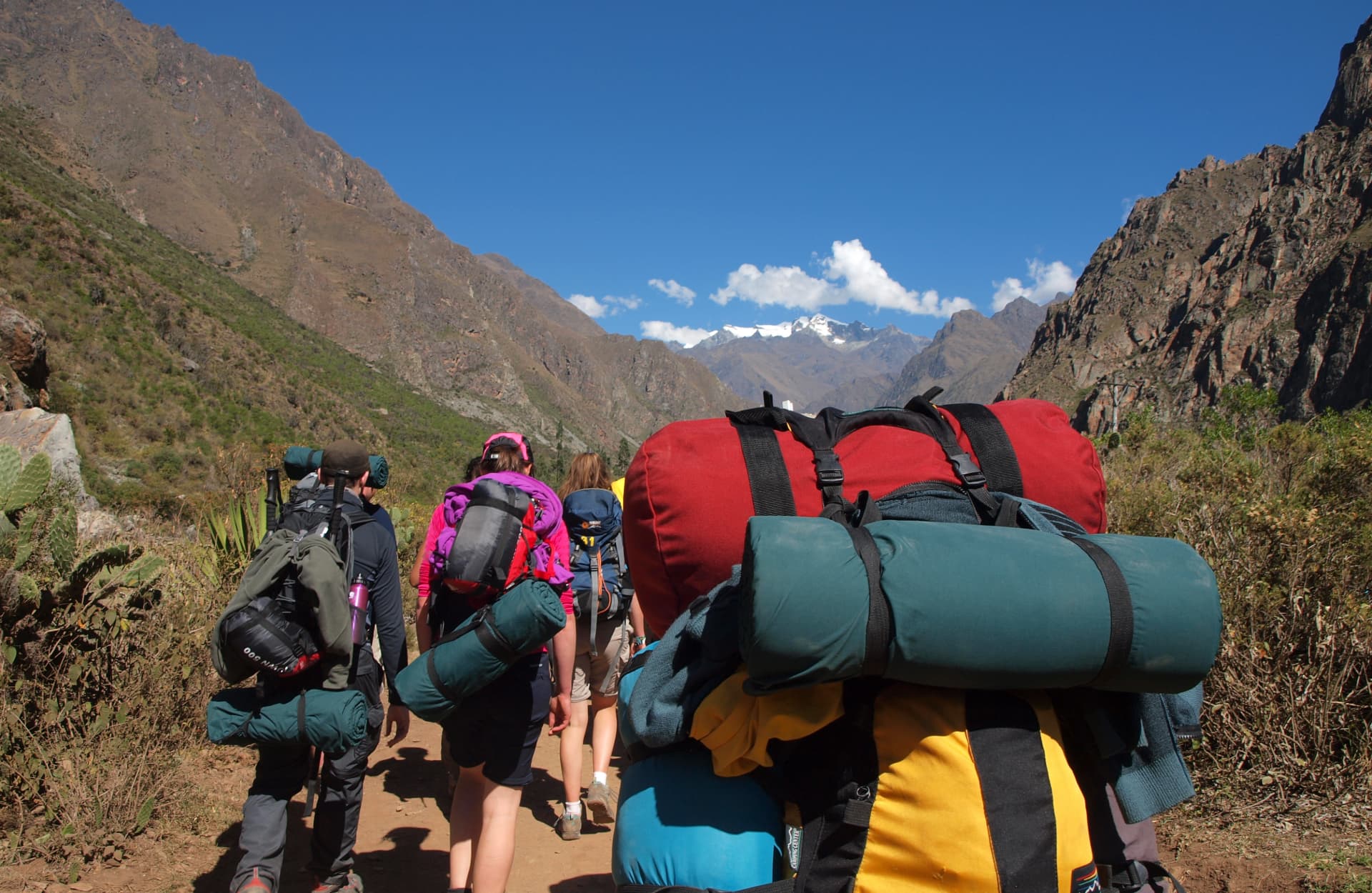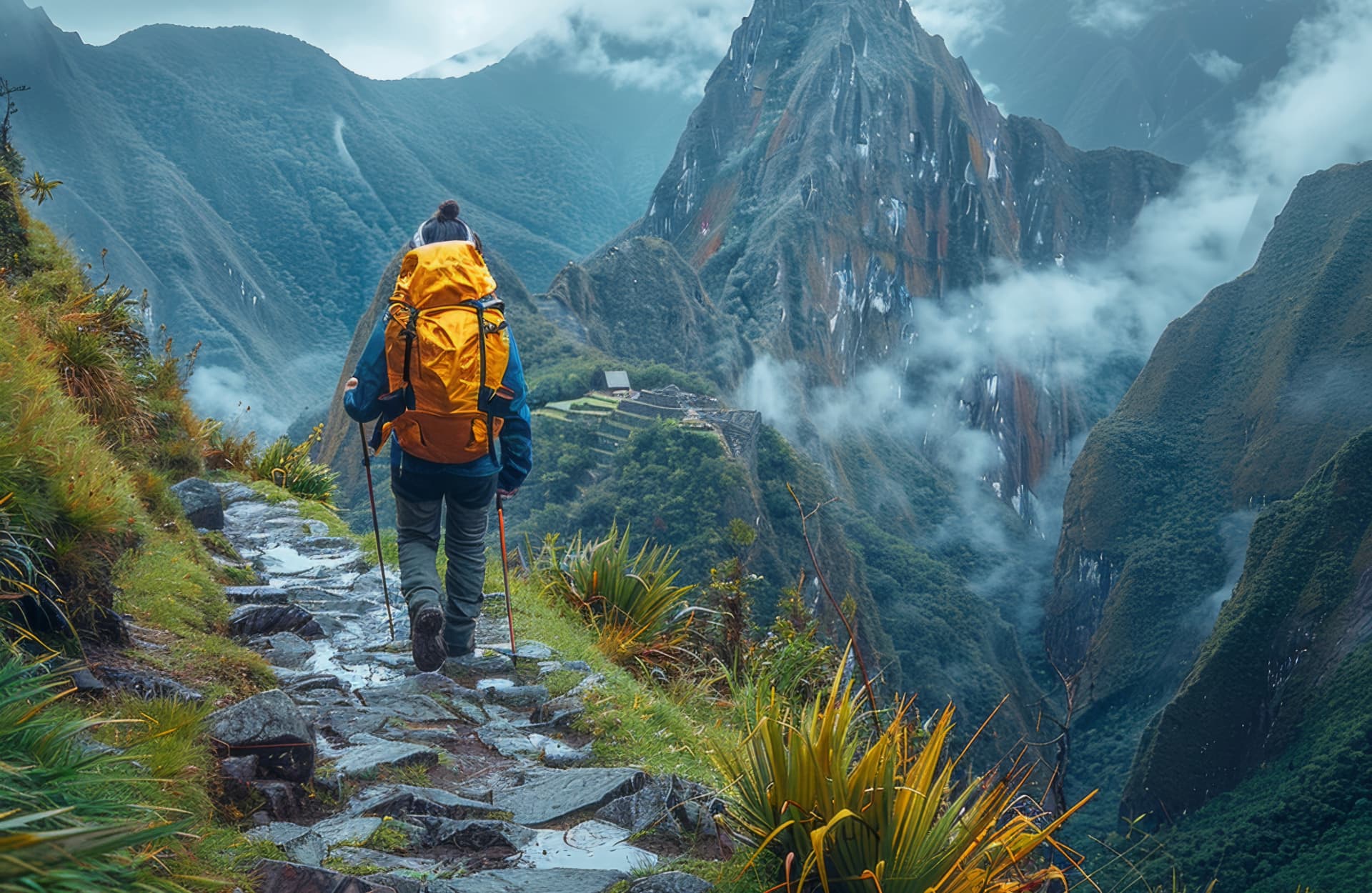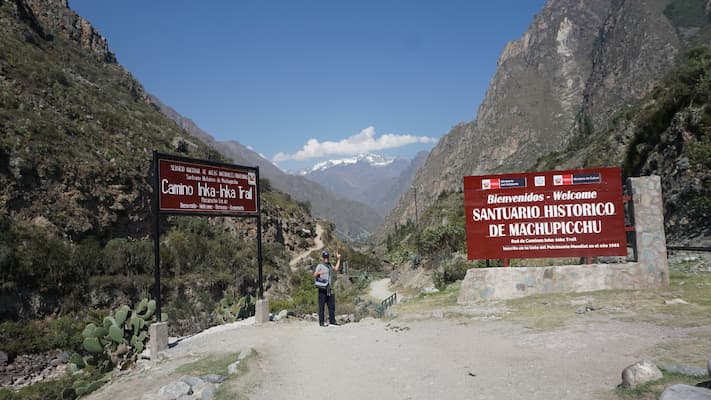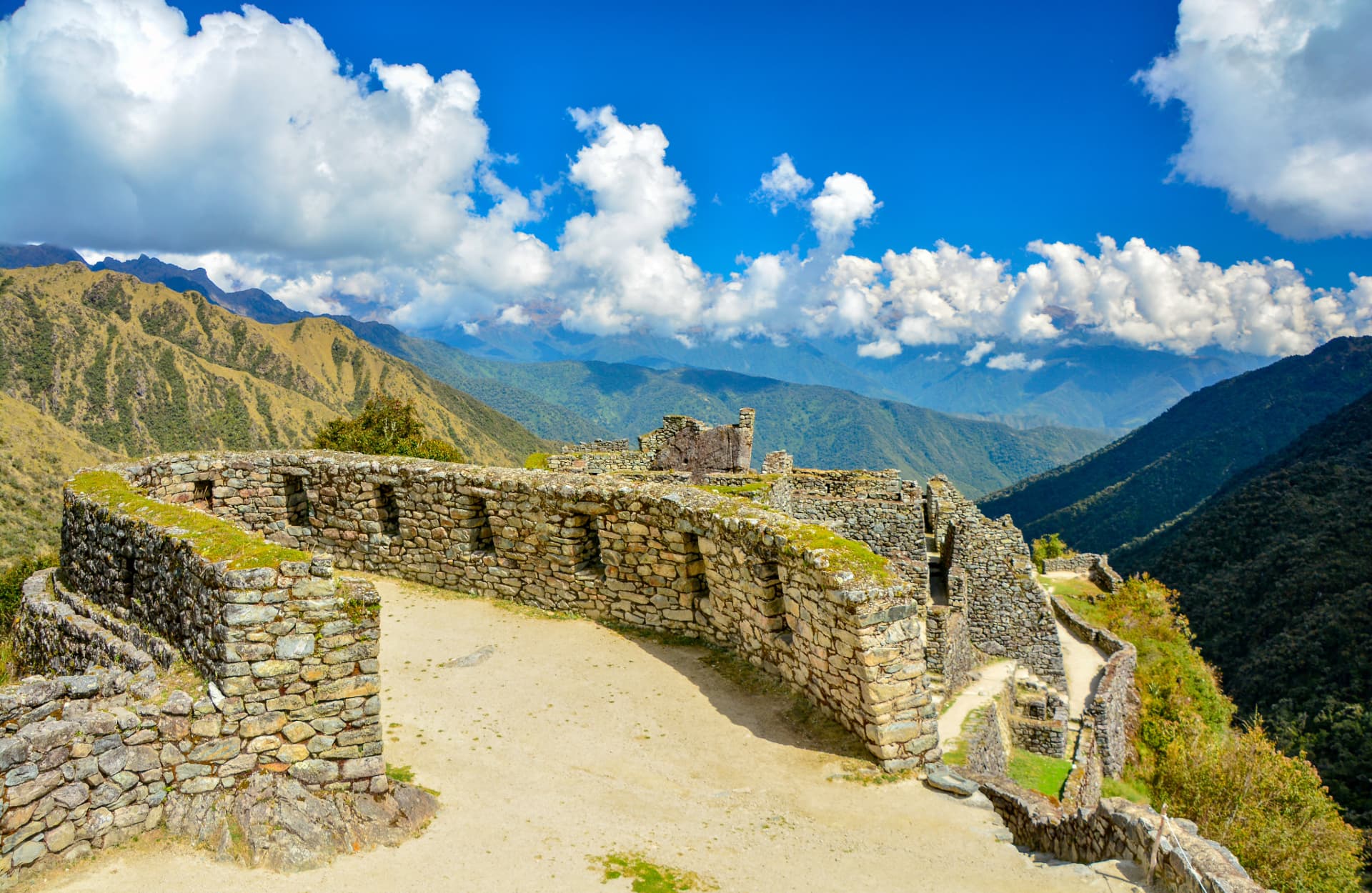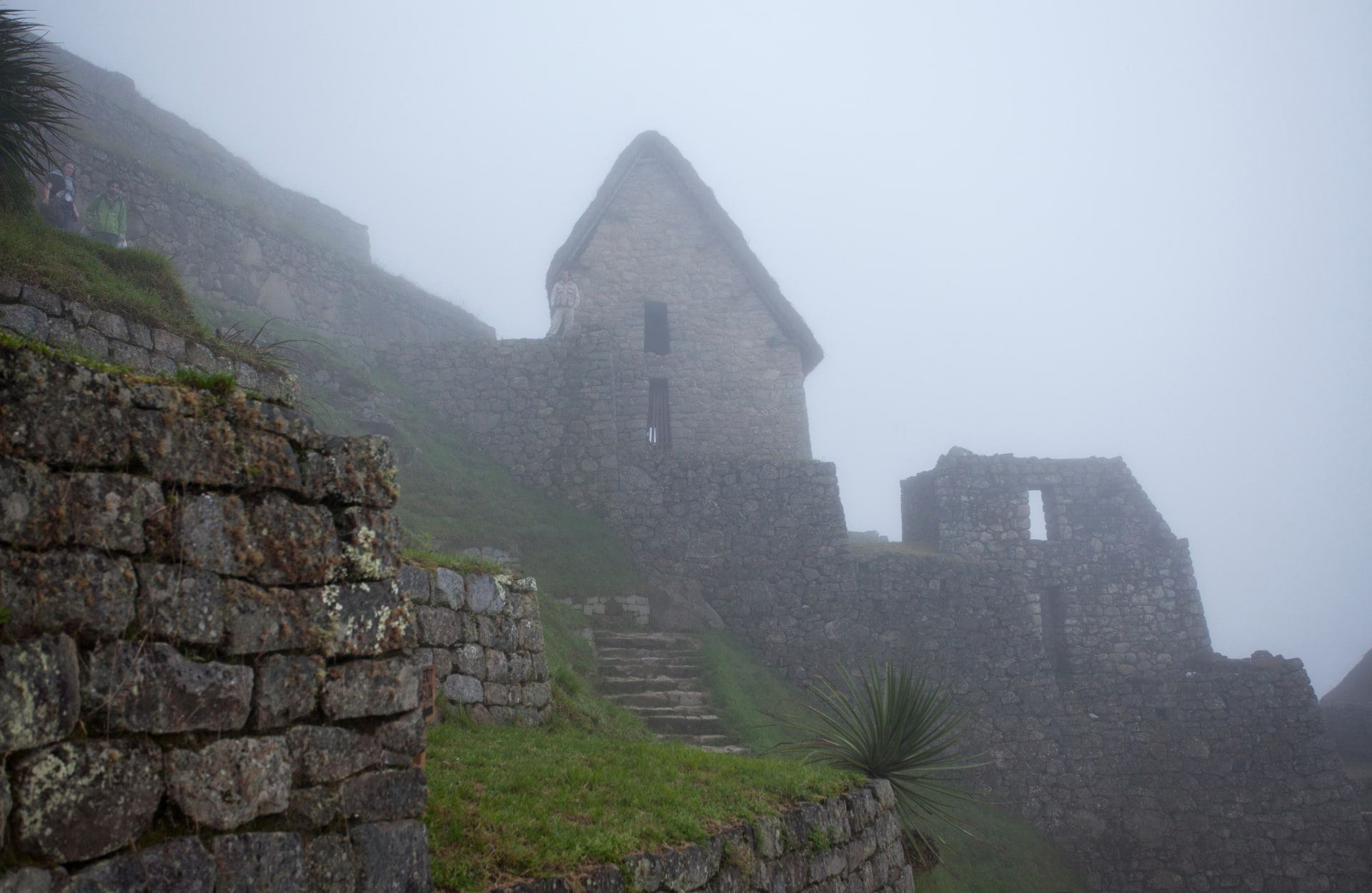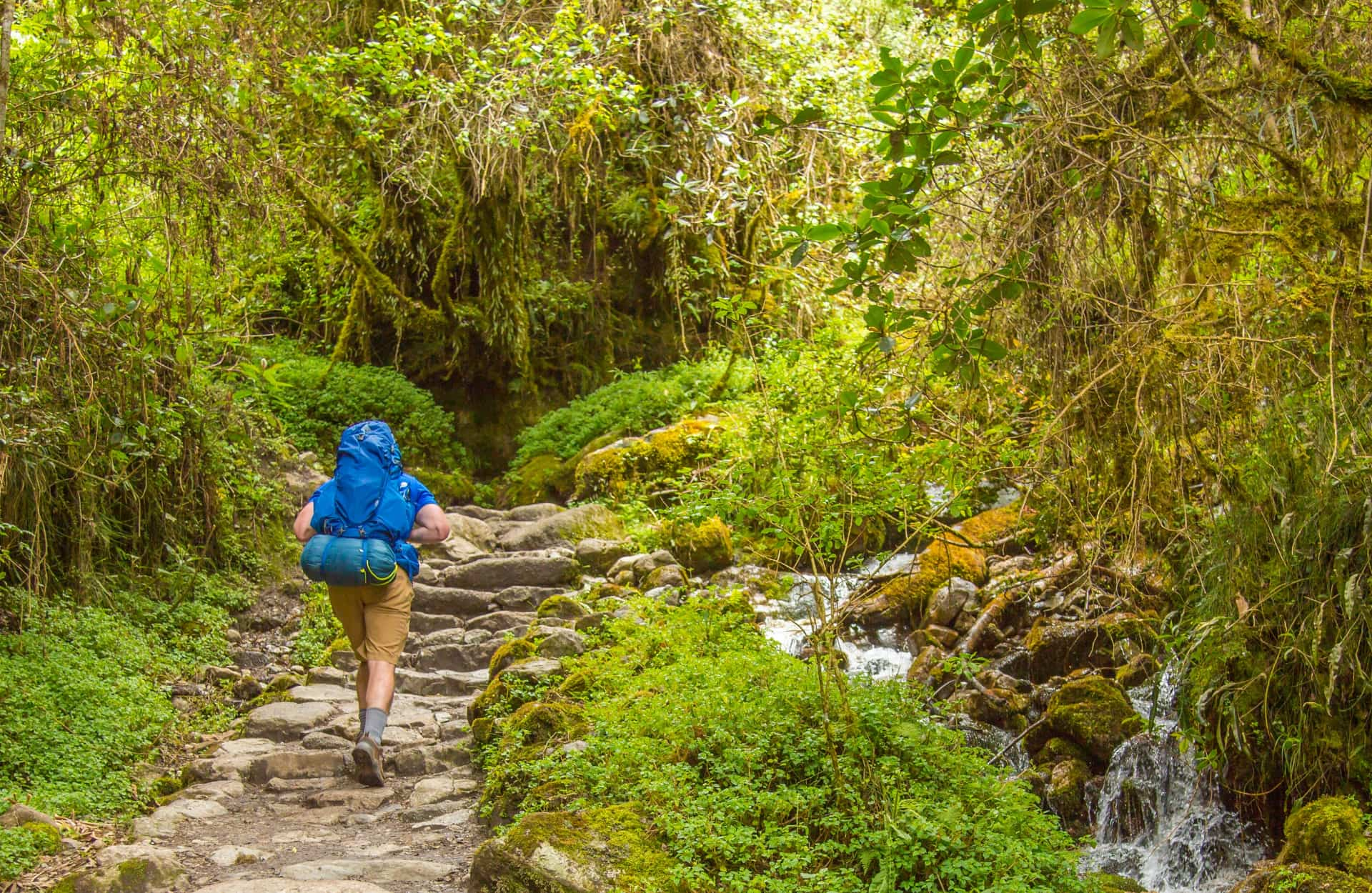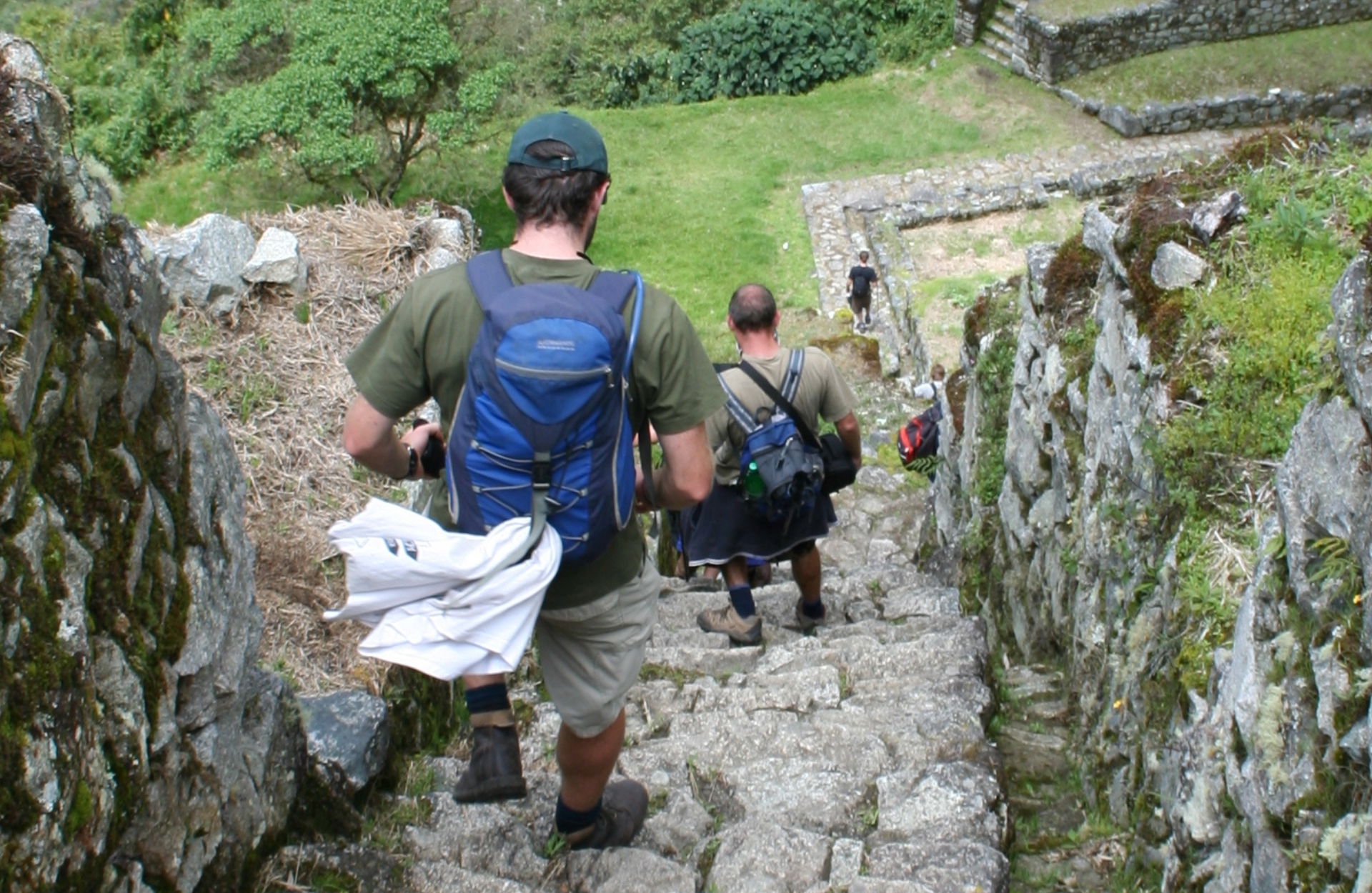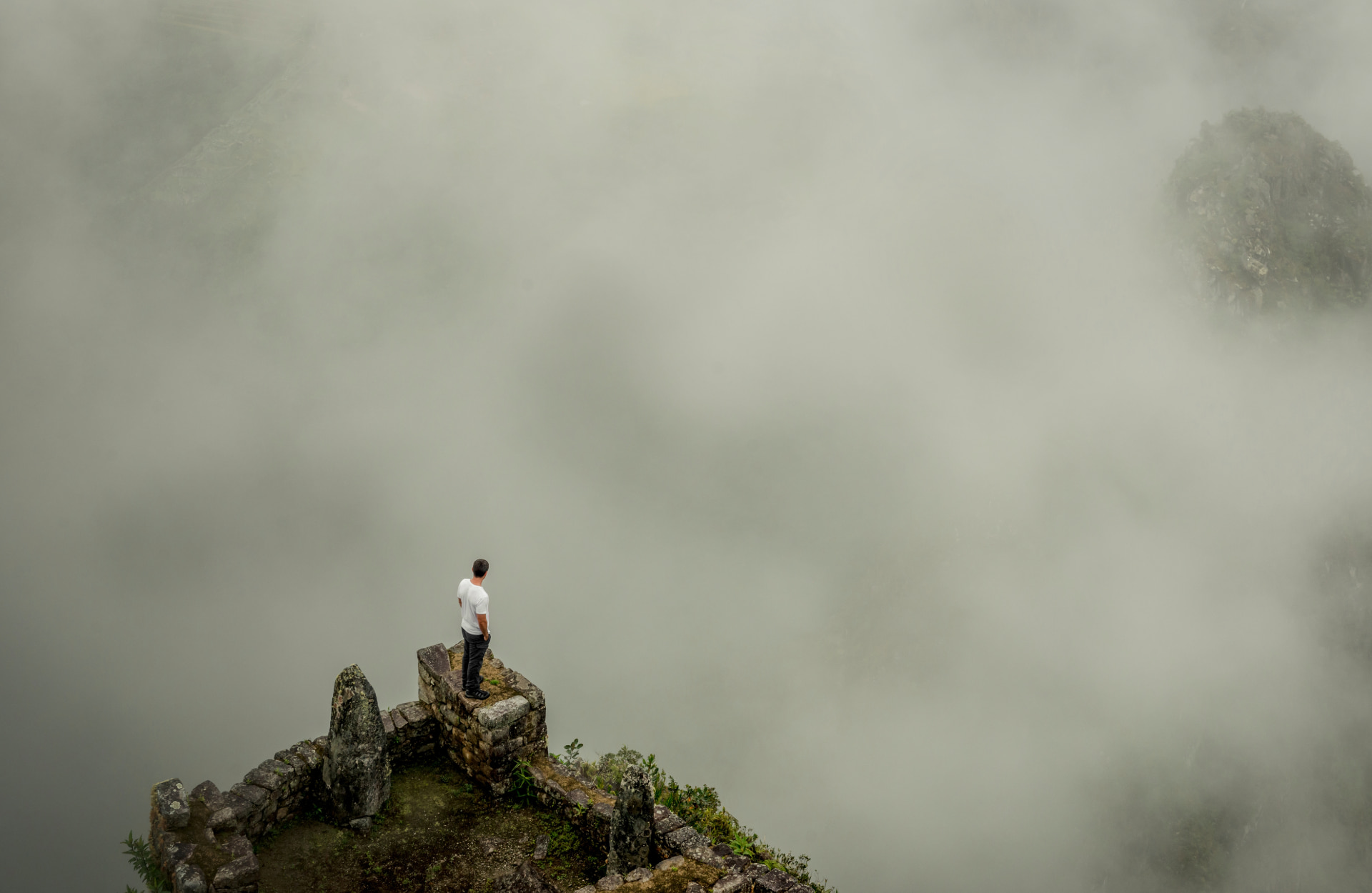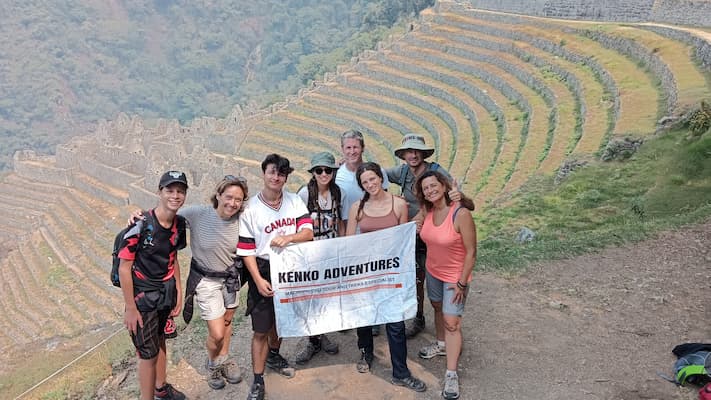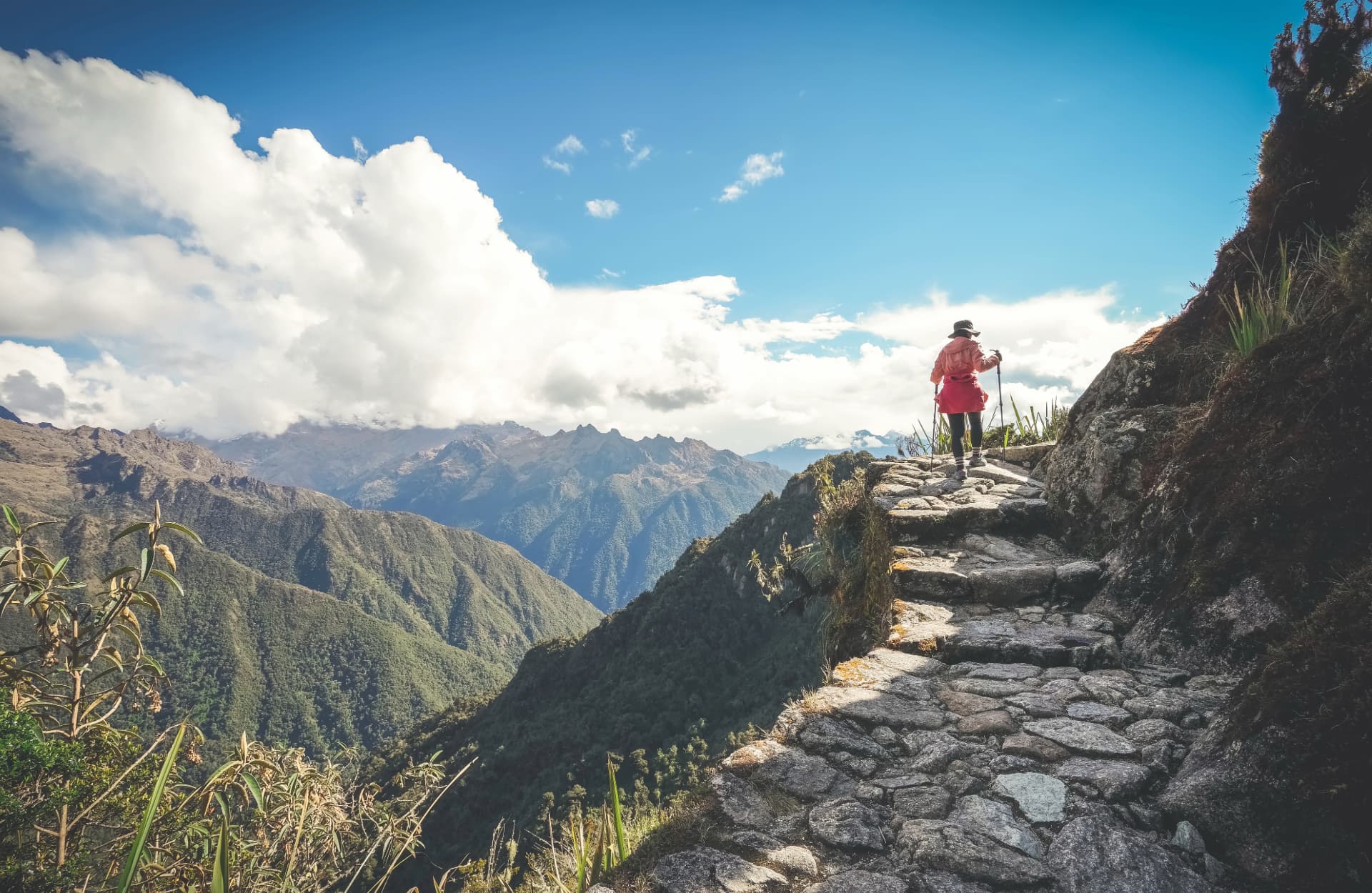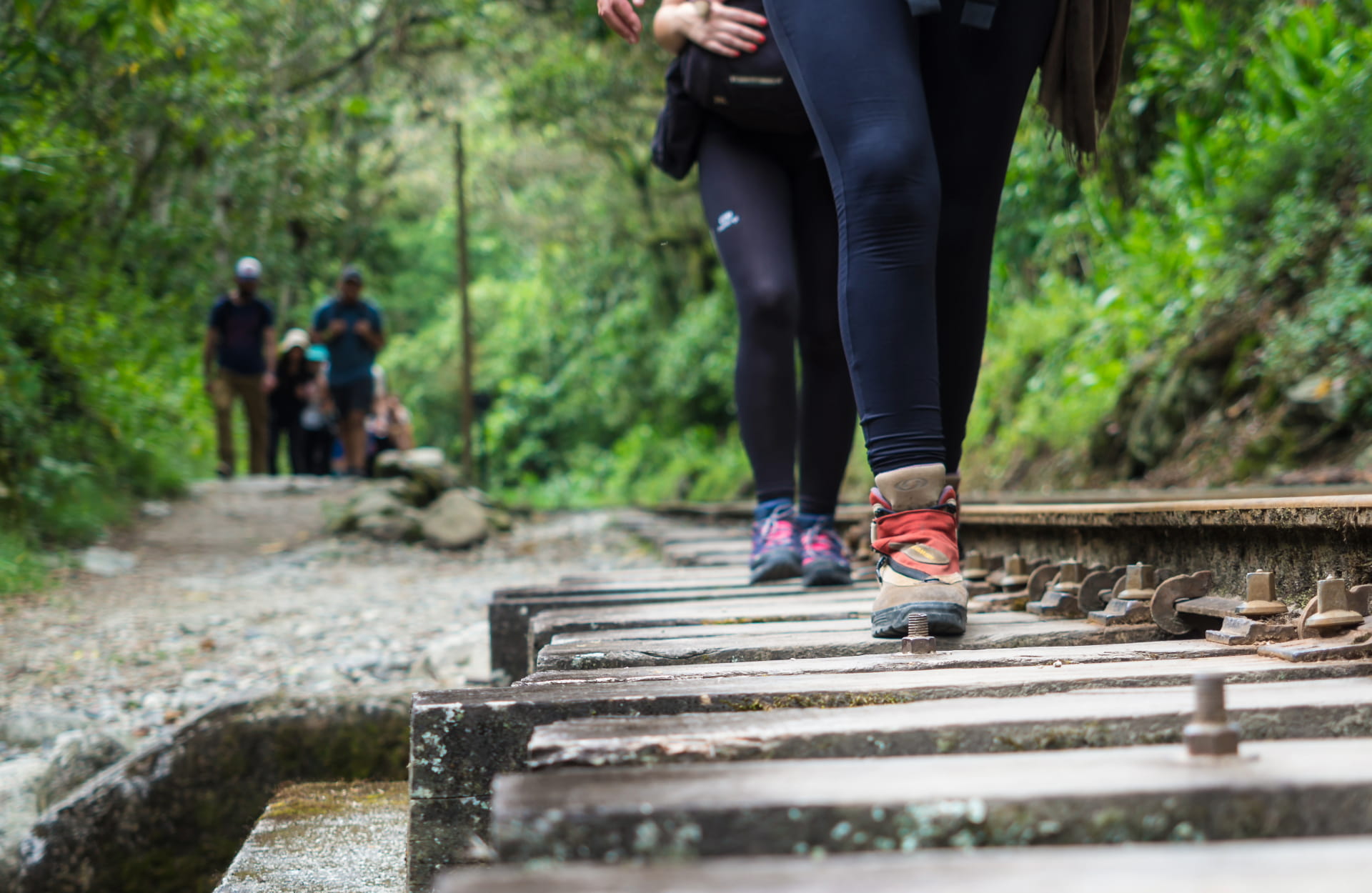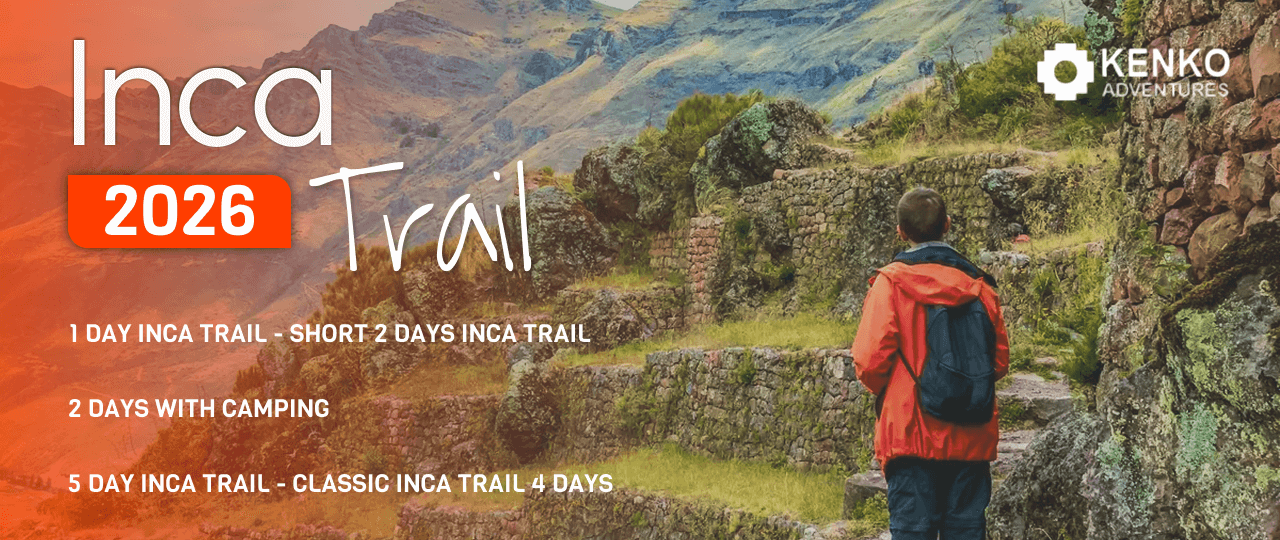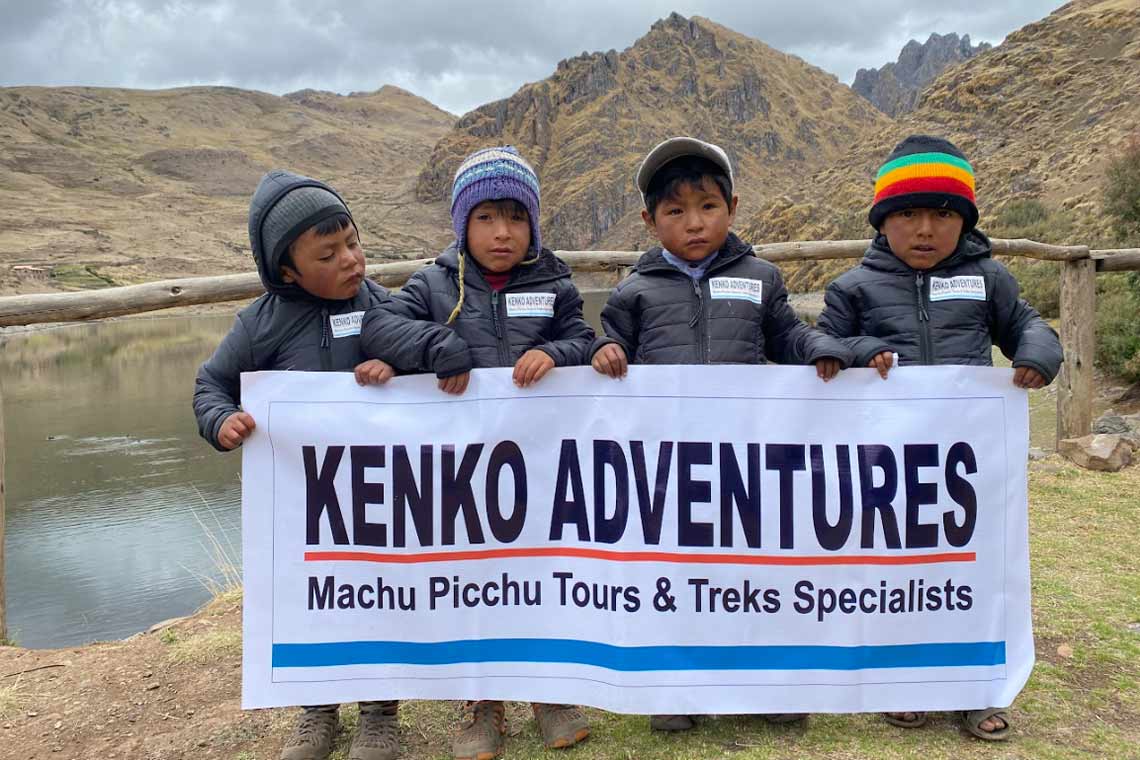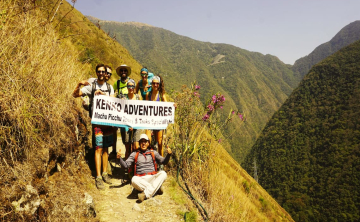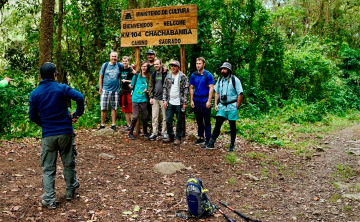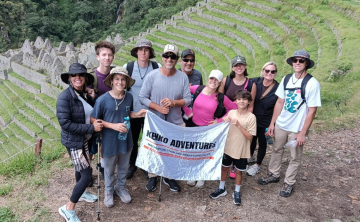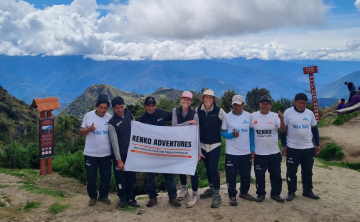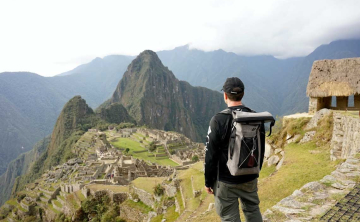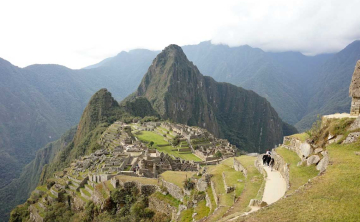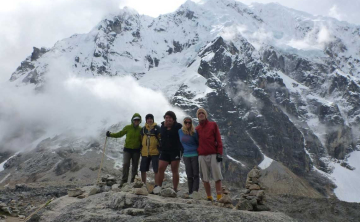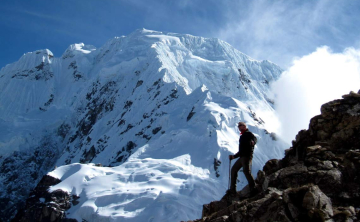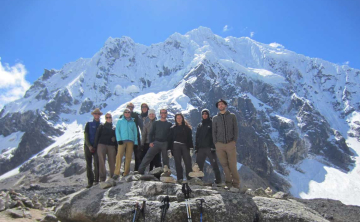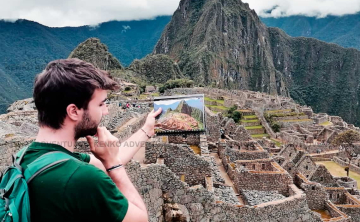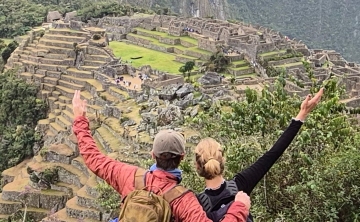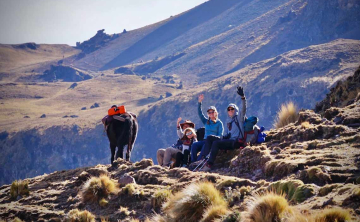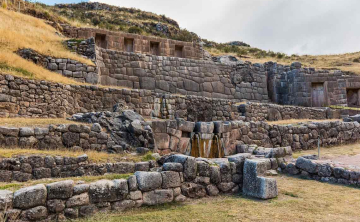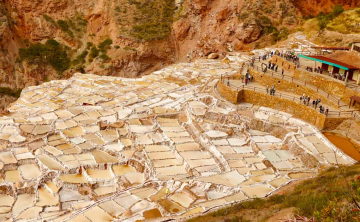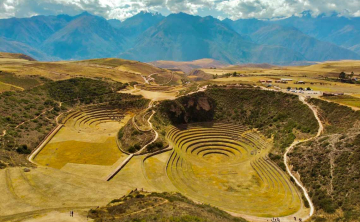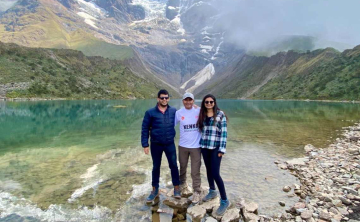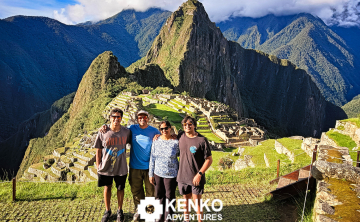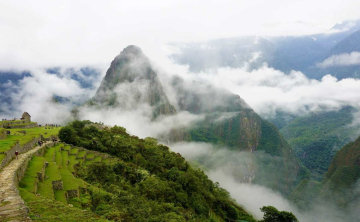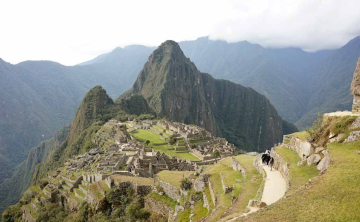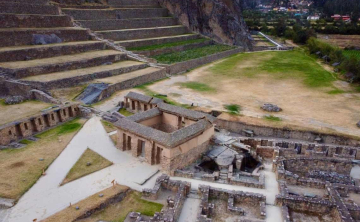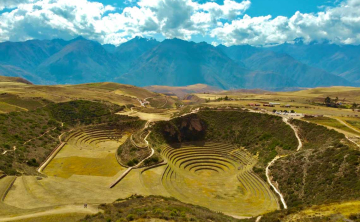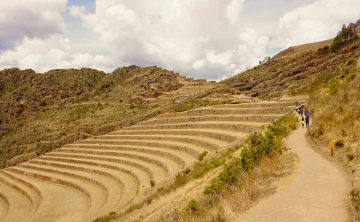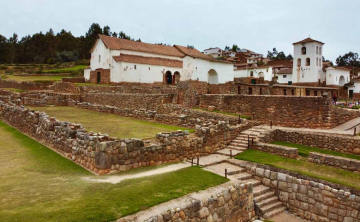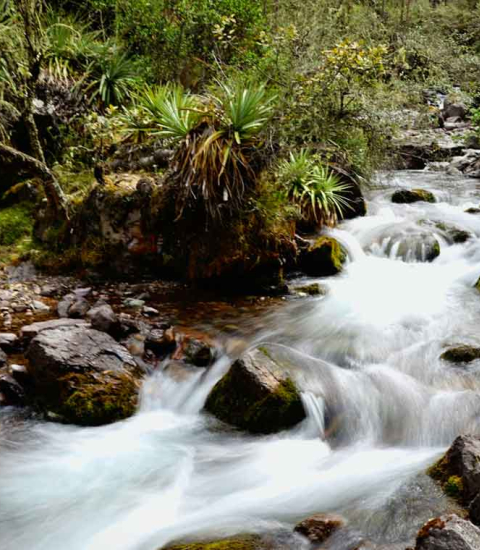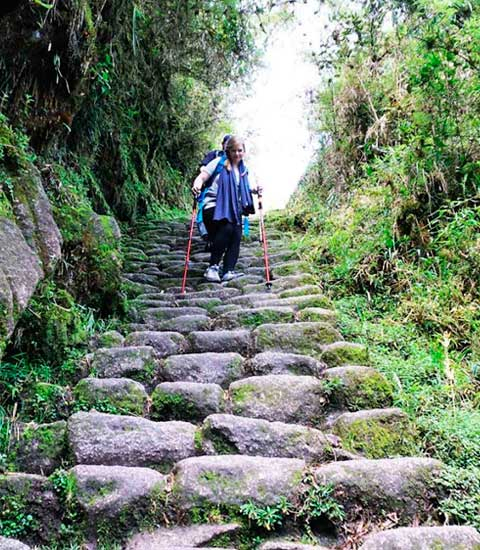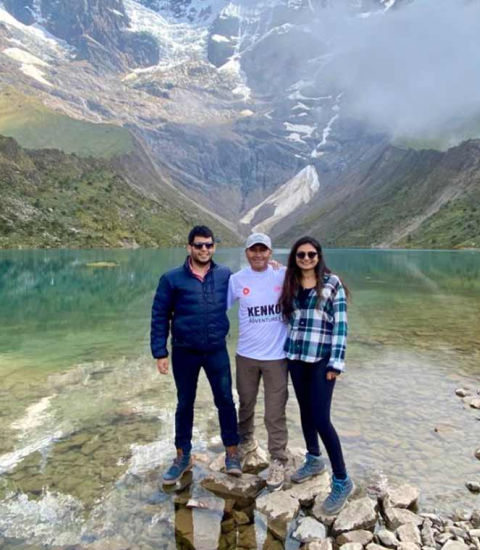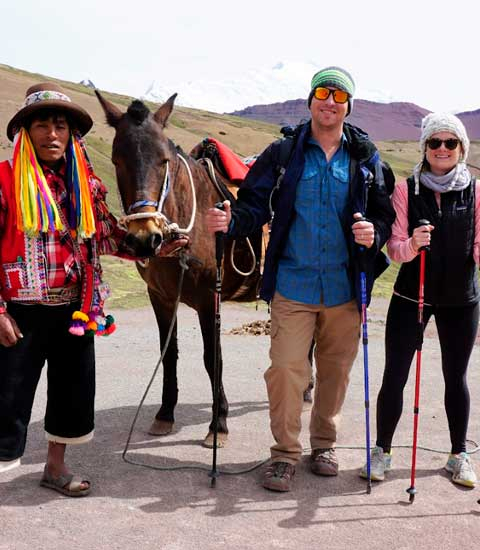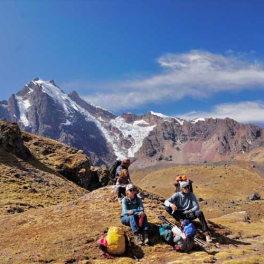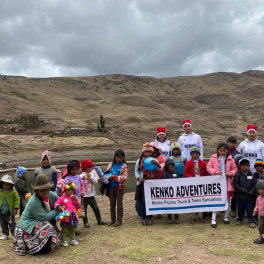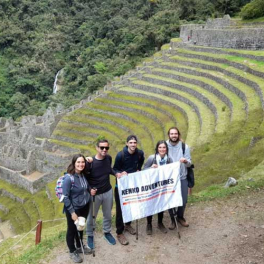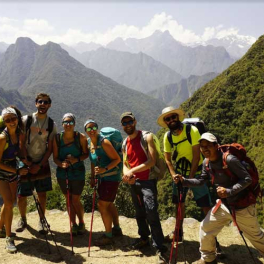Inca Trail Weather: Best Time to Hike, Month-by-Month Guide & Essential Packing Tips
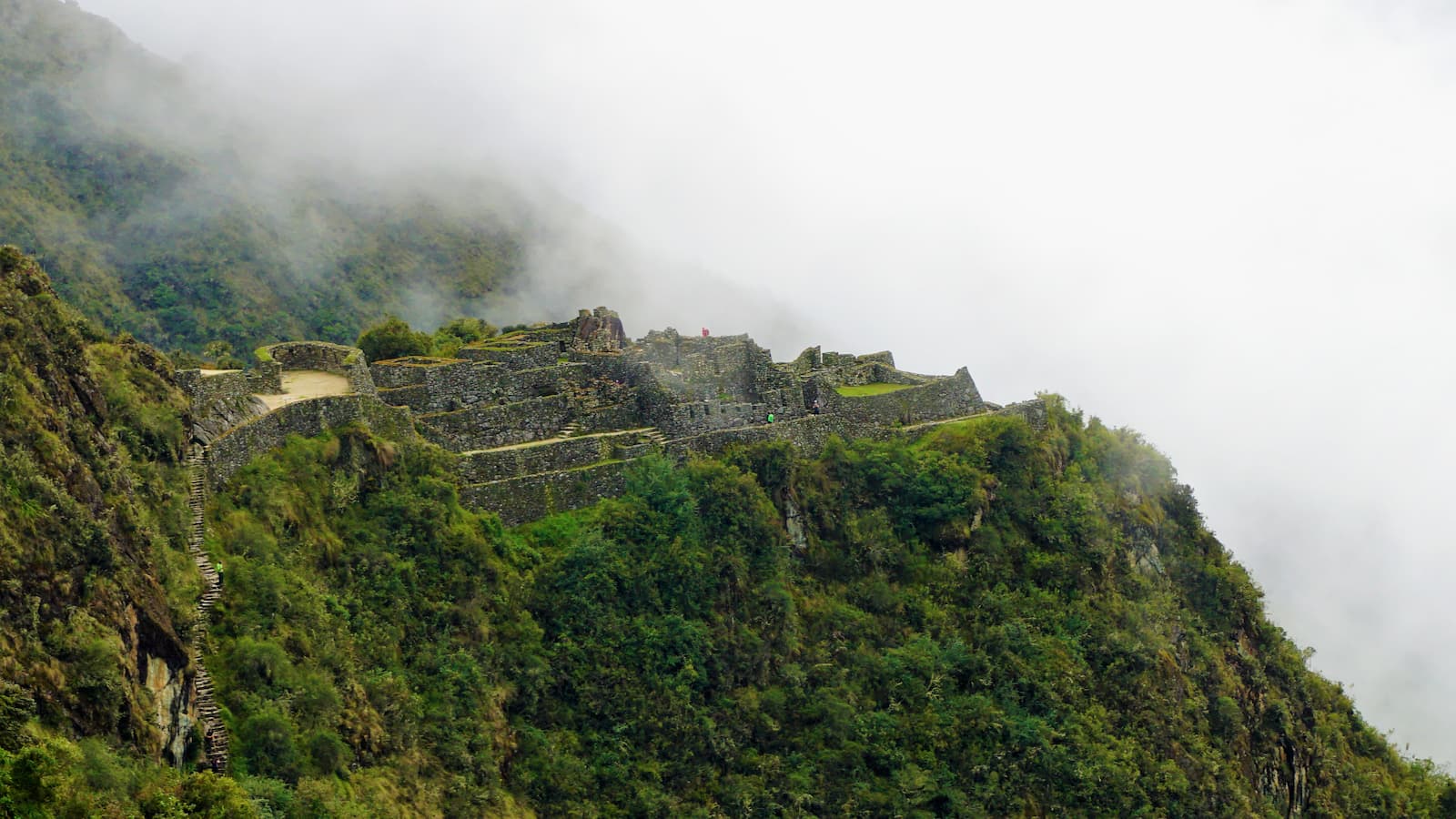
1. Introduction: Why the Inca Trail Weather Matters
Weather is a crucial factor when planning your Inca Trail hike. This famous trail, leading to the stunning Machu Picchu, crosses diverse ecosystems and altitudes, resulting in significant weather changes along the way. Knowing what to expect from the weather can help you choose the best time for your adventure and prepare adequately.
2. Inca Trail Weather Throughout the Year
The Inca Trail's weather is primarily influenced by two seasons: the dry season and the rainy season. These seasons affect not only the weather but also the number of tourists, the scenery, and the difficulty of the trail.
Dry Season (May - September)
The dry season is the most popular time to hike the Inca Trail. During these months, there’s little rain, and the skies are usually clear, offering breathtaking views of the Andes Mountains. Daytime temperatures are comfortable, but it can get cold at night, especially at higher elevations.
- Fun Fact: July and August are the coldest months, with nighttime temperatures sometimes dropping below freezing.
This is the best time for a relatively easy hike, with fewer risks of slippery trails. However, expect more tourists, which can make the experience feel less secluded.
Rainy Season (November - March)
The rainy season brings more challenges but also a unique beauty. Rain is frequent, especially in the afternoons, making the trail lush and green. Some parts of the trail can become slippery, making the hike more difficult. However, fewer tourists venture out during these months.
- Important: Machu Picchu remains open year-round, but the Inca Trail closes for maintenance in February.
This season is perfect for those who prefer a quieter experience and don’t mind a bit of mud and rain. The landscape is at its most vibrant, making the hike visually stunning.
Transition Months (April and October)
April and October offer a balance between the two main seasons. The weather is more unpredictable but can provide the best of both worlds: fewer tourists and beautiful scenery. You may encounter less rain than in the wet season and warmer temperatures than in the dry season.
3. Best Time to Hike the Inca Trail
Choosing the best time to hike the Inca Trail depends on your personal preferences and what you are willing to sacrifice.
Advantages of the Dry Season
If you prefer stable weather conditions and want to maximize your chances of clear skies, the dry season is ideal. Be prepared to share the trail with more hikers. Despite the higher number of tourists, the organization of the hike, from transportation to camp accommodations, is often more efficient during these months.
What to Know About the Rainy Season
If you opt for the rainy season, make sure to bring good waterproof gear and be ready for unpredictable weather. While the rain can be heavy, the rewards include more privacy on the trail and a vibrant natural environment. Additionally, tour and accommodation prices are often lower, making your trip more affordable.
4. Packing and Gear for Inca Trail Weather
Packing for the Inca Trail is crucial for a successful hike. Here are some tips based on personal experience and best practices.
Essential Packing Tips
Packing for the Inca Trail is not a small task. Every ounce counts, especially since there are strict rules on how much gear porters can carry. The usual weight limit is seven kilograms (about 15 pounds) per person. This includes your clothing, camping gear, and personal hygiene items. Use a luggage scale to ensure you stay within this limit.
- Tip: Wear quick-drying clothes and bring light but warm layers. Temperatures can change drastically throughout the day, so be prepared for both midday heat and nighttime cold.
Recommended Clothing and Footwear
No matter the season, a good pair of hiking boots is essential. The Inca Trail is steep and uneven, so proper ankle support is key to avoiding injuries.
During the dry season, a lightweight windbreaker and a sun hat should suffice. In the rainy season, opt for a quality waterproof jacket and consider carrying an extra poncho to protect your backpack and gear.
- Pro Tip: Machu Picchu can be quite humid even in the dry season, so pack moisture-wicking clothing to stay comfortable.
The Importance of Good Camping Gear
While many trekking companies include gear like tents and sleeping bags in their packages, check what is included and what you’ll need to carry yourself. In our case, we rented a sleeping bag and a lightweight sleeping pad, which helped us keep our pack light and within the weight limit.
5. Personal Experience: Facing Inca Trail Weather
Facing the weather on the Inca Trail requires both physical and mental preparation. During our hike, we focused on reducing the weight of our gear, bringing only the essentials. The key to an enjoyable experience was staying organized, packing appropriate clothing for all conditions, and being ready to adapt to sudden weather changes.
Despite the challenge of dealing with the weather, proper preparation made the experience not only manageable but incredibly rewarding. Every step brought us closer to Machu Picchu, and every weather change reminded us of the majestic natural environment we were traversing.
6. Current Weather and How to Plan Accordingly
Always check the weather forecast before starting your Inca Trail hike. This allows you to adjust your packing list and prepare for any sudden changes in conditions. Mobile apps and specialized websites offer real-time updates that can help you make informed decisions during your hike.
- Curious Fact: The weather at Machu Picchu can be quite different from the weather on the trail due to its lower elevation and proximity to the jungle.
7. Conclusion: Maximize Your Inca Trail Experience with Proper Preparation
Hiking the Inca Trail is one of the most challenging and rewarding experiences for any adventure enthusiast. By understanding and preparing for the weather throughout the year, you can maximize your enjoyment and safety on this legendary trail. Whether you choose to hike during the dry season for clear views or the rainy season for a greener and quieter journey, the key is to be well-prepared and adaptable to the conditions.
8. FAQ's about Inca Trail Weather
What’s the best month to hike the Inca Trail?
The best month to hike the Inca Trail is generally June. During June, you’ll experience the dry season's ideal conditions, with clear skies and minimal rain, making it perfect for trekking. However, be prepared for cooler nights at higher altitudes.
Is July too cold for hiking the Inca Trail?
July can be cold, especially at night, but it’s still a great time for hiking. Daytime temperatures are comfortable, but night temperatures can drop below freezing at higher elevations, so pack warm clothing.
What’s the weather like on the Inca Trail in September?
September marks the end of the dry season, with pleasant weather and fewer tourists compared to peak months. You can expect mild temperatures during the day and cooler nights, with a slight chance of rain as the wet season approaches.
How does the weather in Cusco compare to the Inca Trail?
Cusco’s weather is generally cooler and drier than the Inca Trail due to its higher elevation. While Cusco experiences chilly mornings and evenings, the Inca Trail can be warmer during the day, especially in lower sections, but colder at night.
Do you need rain gear for the Inca Trail in April?
Yes, it's advisable to bring rain gear in April. April is a transition month, meaning you might encounter a mix of sunny days and occasional showers. A good waterproof jacket and poncho are essential to stay dry.
How should I prepare for the cold on the Inca Trail?
To prepare for the cold on the Inca Trail, pack layers. Bring thermal base layers, a warm down jacket, and a good quality sleeping bag. Even during the dry season, nights can be cold, especially at higher altitudes like Dead Woman’s Pass.
Does it rain a lot on the Inca Trail in January?
Yes, January is part of the rainy season on the Inca Trail. Expect frequent rain, which can make the trail muddy and slippery. While it’s a quieter time to hike, being prepared with waterproof gear and good hiking boots is essential.
